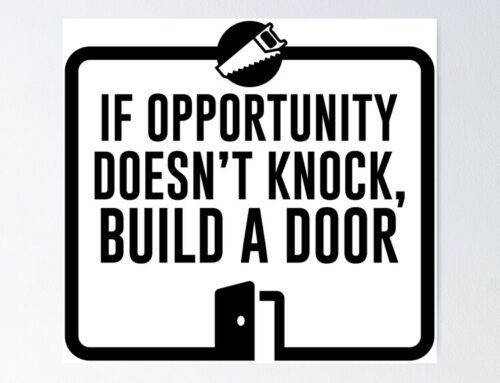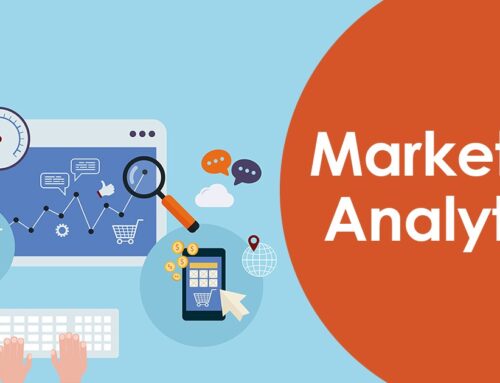The Difference Between Digital and Direct Mail
While digital forms of marketing such as email blasts and websites provide consumers with quick and easy access to information, research has proven that digital has less authority and makes less of an impression on consumers when it comes to purchasing.
Yes, digital is an extremely powerful and efficient way to provide information (online video for example), however, new information can actually slow down the purchase decision-making process by adding variables to the purchasing equation.
Especially true at the local level, digital platforms are more frequently used for research and price shopping purposes, than for actual transactions.

Direct mail, on the other hand, delivers a much more meaningful, focused, and powerful punch.
According to a joint study between Millward Brown; Bangor University, North Wales, UK; and the Royal Mail, direct mail delivers a deeper and longer-lasting impression on people’s brains.
Researchers used neuroscience technology to monitor which areas of the brain became active when participants viewed both physical and digital advertisements.
Overwhelmingly, the study concluded that, “…the brain is more emotionally engaged with direct mail.” Further, the study suggested that the brain sees direct mail as “real” which acts as a catalyst for long-term memory generation.
A good analogy would be the difference between meeting someone online, or meeting them face-to-face and shaking their hand. The brain goes through a much deeper thought process and is “forced” to take physical action when encountering an offline experience. Physical offers deliver an experience that prospects can see, touch, taste (not recommended), smell, and even hear.
When handling a direct mail offer, a prospect must also decide, “do I want this or not?” Regardless of the decision, a physical interaction and powerful impression is created within the brain that provides both short and long-term value.
In Summary…
- Direct mail should make up a large portion of your total marketing mix. You should avoid using the “one and done” approach, and commit to the long-term value it provides your business.
- Supplement your direct mail strategy with email, social media, and other digital forms of communication — but use direct mail to deliver the value-based offers you rely on for sales.
- Depending on where a prospect is within the buying process, a well-timed direct mail offer will more effectively convert prospects into paying customers when compared to a digital offer.
- For starters, plan to distribute direct mail collateral once per fiscal quarter, or every 90 days.
Article by EveryDoor Mktg
————————-

206-391-5682
i2i@i2idirectmarketing.com
www.i2idirectmarketing.com
“…all deliveries GPS tracked…”




